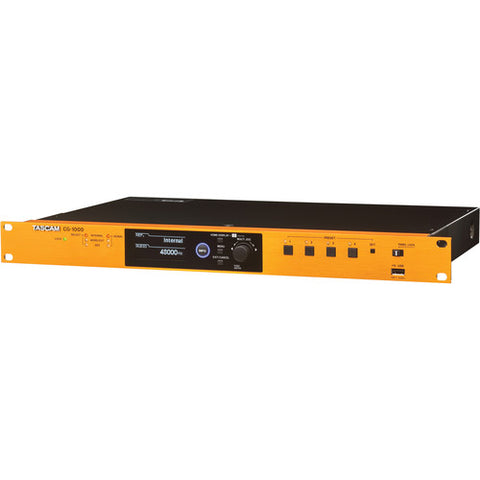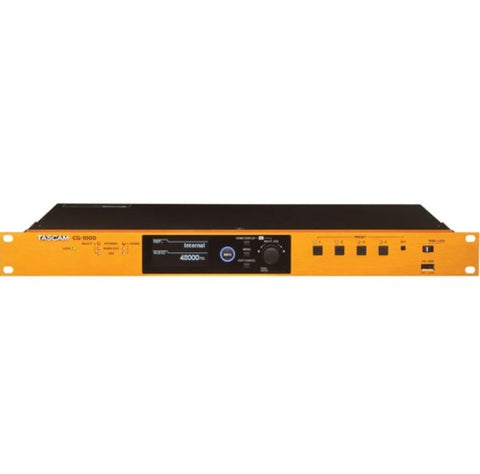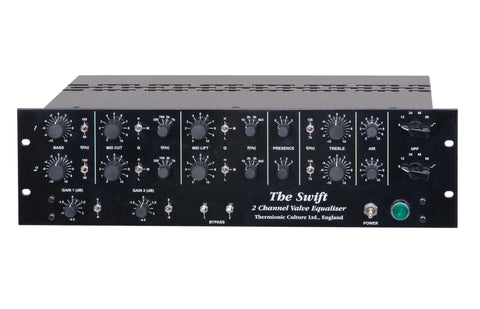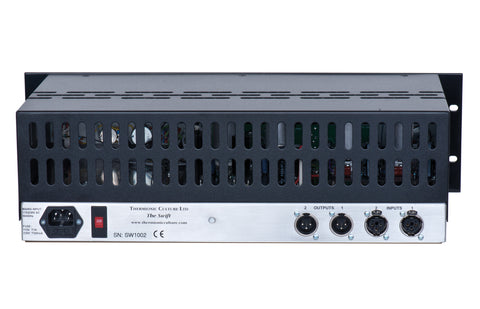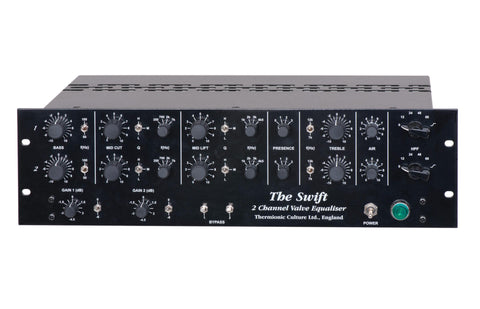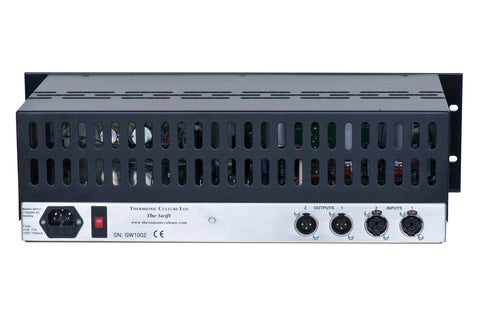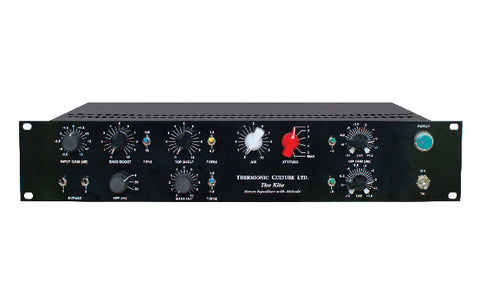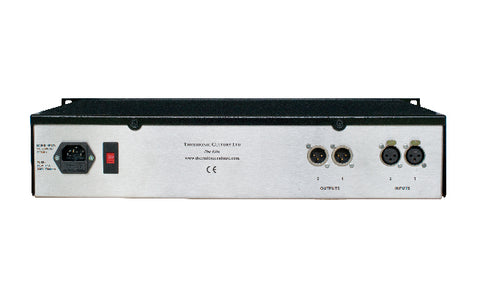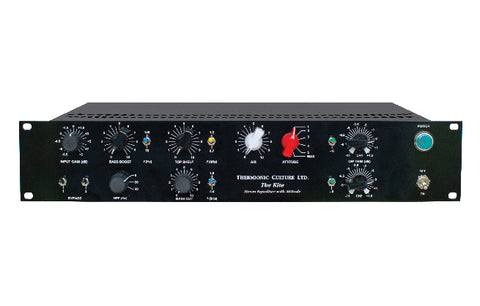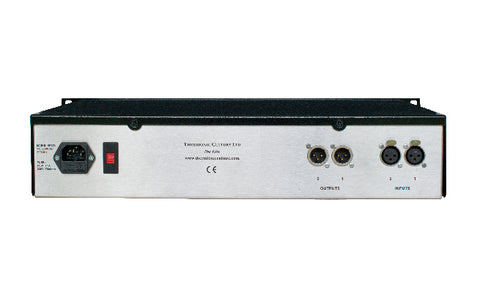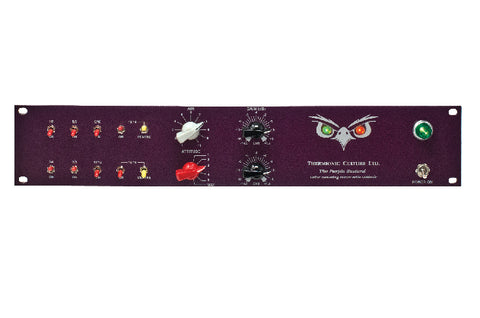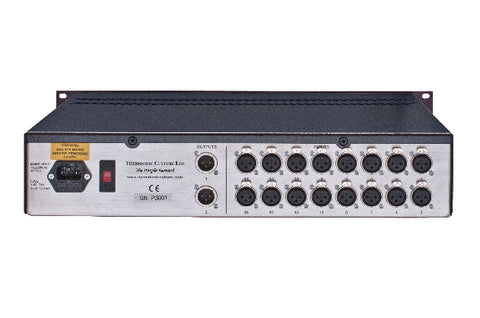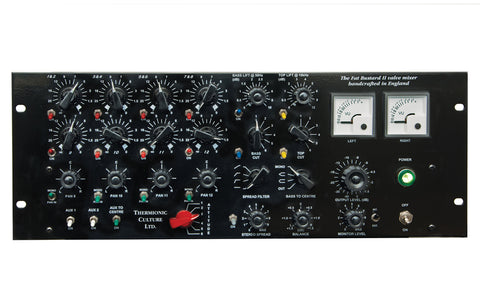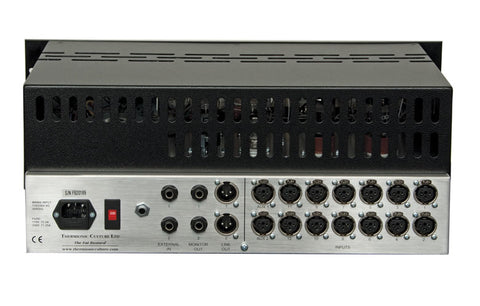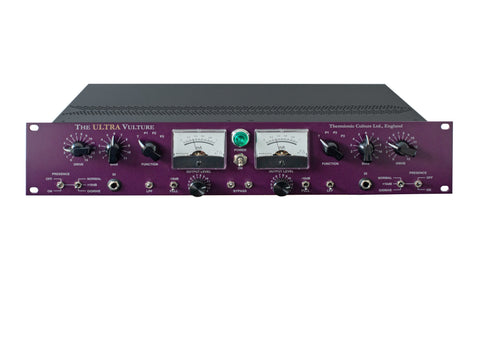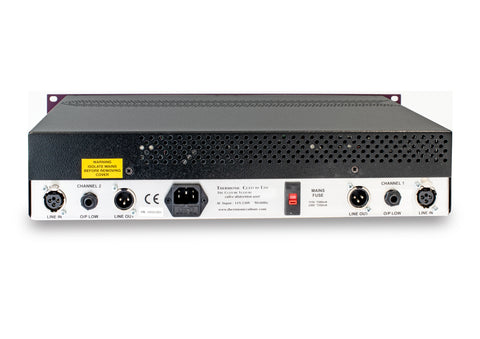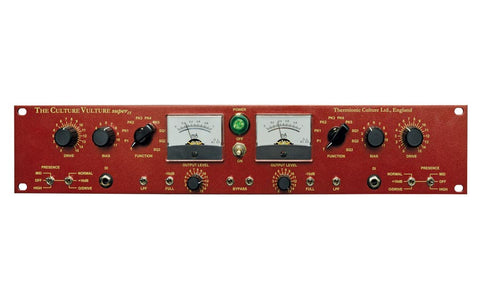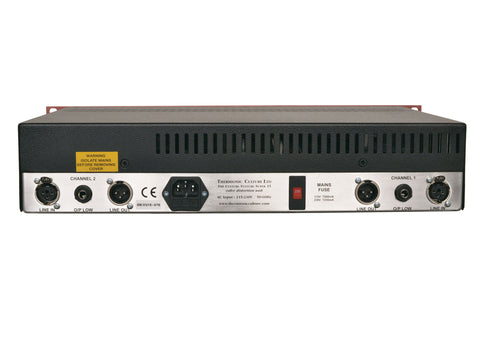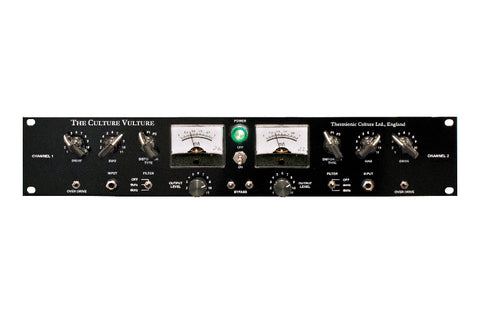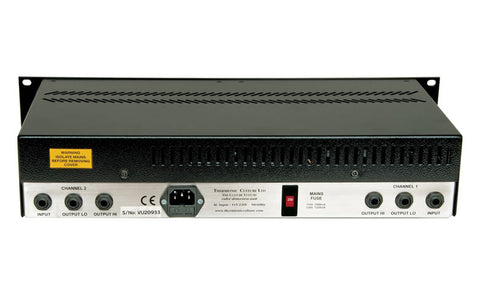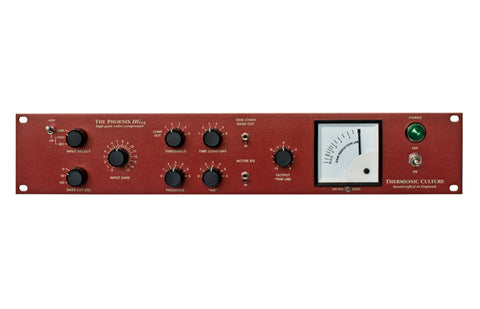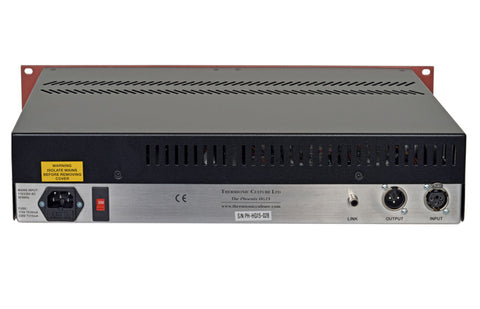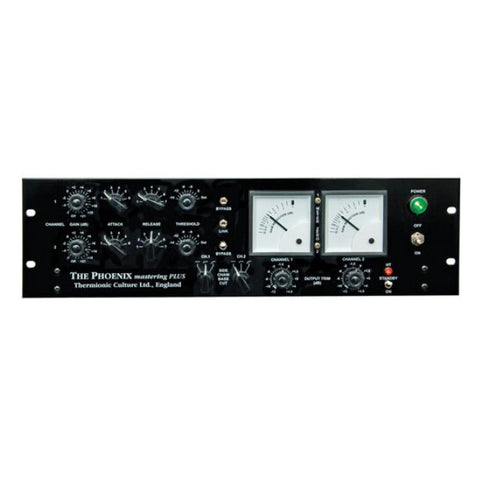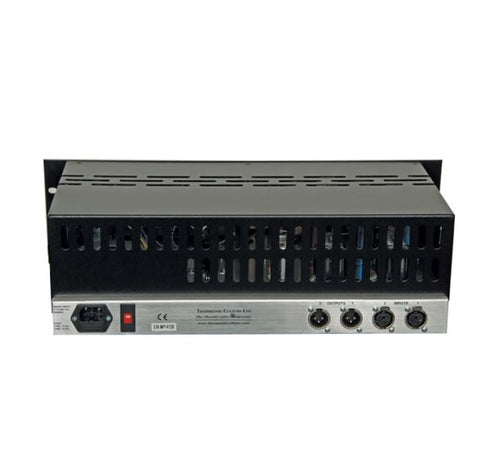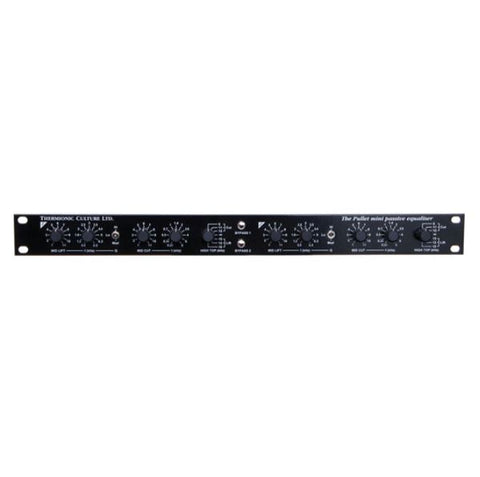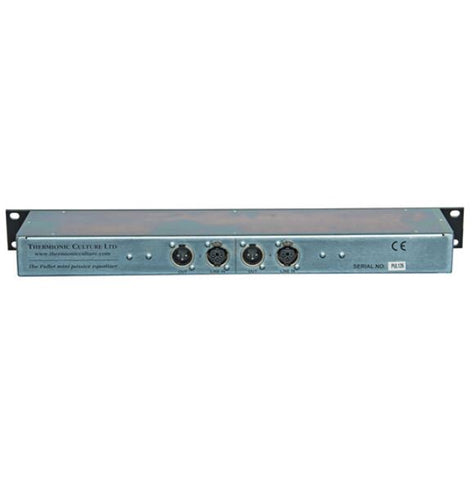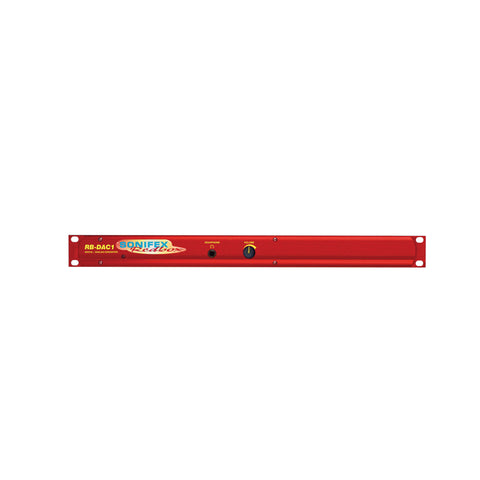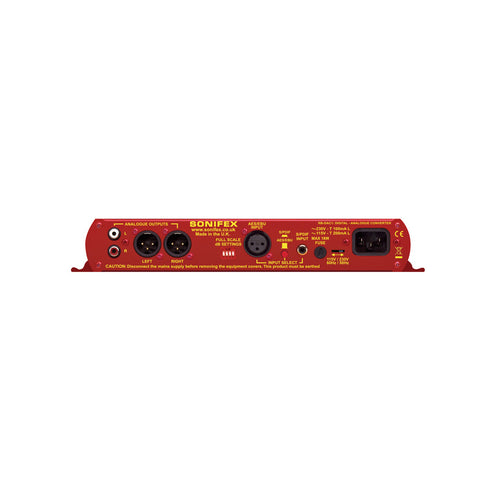Manley MELPP ELOP + Stereo Limiter Compressor
Vendor: Manley
Available

Manley MELPP ELOP + Stereo Limiter Compressor
The Manley MELPP comes along with iron-balanced, transformer-coupled inputs, an all-tube audio path, and an electro-optical attenuation circuit, the Manley ELOP+ is a professionally designed dual-channel compressor and limiter. It’s can achieve a pleasing dynamic-taming results in the studio, especially during the time of tracking vocals or instruments.
The ELOP+ is created following the footsteps of heralded studio levelers such as the UREI LA-2A, capable of providing a relatively few controls in comparison to many other compressors: there are no attack, release, or knee controls. Instead, you are presented along with a reduction-make-up gain, control knob, and a button designed for switching between a 3:1 and 10:1 ratio—though these are approximations, as they are highly sensitive to the material fed into the compressor. These streamlined controls are carefully designed for giving you the capability to attain a sonically desirable compression in a straightforward manner: Simply select a preferred ratio, set the threshold intended for achieving the amount of gain-reduction you’d like to effect (along with your ears, you are also made capable to use the meters provided for a visual aid), and adjust the make-up gain to taste.
Both channels sport their own gain, bypass, ratio, and reduction controls, that comes along with each channel which is providing a high-pass sidechain button; this is created for preventing the frequencies below 80 Hz from effecting the signal. Both channels sport their own VU meters, which is possible to be switched for indicating a gain reduction or overall output level.
If you’re routing a stereo source through the ELOP+, you might want to make use of the stereo/link button, which will prevent your stereo image from wandering when one channel becomes louder than the other. The unit, occupying 2 RU of rack space, comes with its own internal power supply specifically calibrated to handle its complement of tubes. Suggested uses of this compressor include vocals, bass, guitar, brass, woodwinds, and synthesizers, upon which the ELOP+ can impart transparent and subtle dynamics-taming. The compressor is also suitable for room mics used to capture drum kits
Controls Explained
- Gain Control: This control is available on both the left and right channels, and adjusts the gain of each audio channel. Unity gain is at about the seventh marking, or 1 o'clock. Limiting usually requires some additional make-up gain to compare with signal in a disengaged (bypassed) state. The Gain control can also be used as the level to tape.
- Reduction Control: This control is available on both the left and the right channels, and adjusts the amount of limiting or compression in a channel. This could also be thought of as a threshold control. Turning this control clockwise increases the amount of limiting or compression.
- High-pass Sidechain Control: This is factory-set at 80 Hz. When this switch is engaged and illuminated, everything above 80 Hz will have the effect of limiting or compression, while every frequency at 80 Hz or below will not affect the compressor. This is useful if you want the bass to come through with full impact while applying the limiter/compressor to everything else. This filter frequency may be set to a slightly higher frequency of 150Hz by changing the internal HPSC filter select jumper. For more information on how to do this, please consult your manual.
- In / Bypass Control: This switch dictates whether your audio flows through the Limiter/Compressor or just straight through the unit. If the switch is engaged and illuminated to the "IN" position, the audio will pass through, and gain reduction will occur. When this switch is set to "BYPASS" the audio still flows through the tubes in the unit, but at unity gain, and without any gain reduction. Use this switch to verify that the limiting or compressing is not messing up the original sound, but enhancing it, or at least leveling the volume. Alternatively, you might like the tonal characteristics this unit, left in bypass, imparts on your mix.
- Compress / Limit Control: This switch allows the ELOP+ to use two different compression ratios. The compression ratio is approximately 3:1 when the switch is engaged and illuminated, and approximately 10:1 when set to limiting.
- Meter Select Switch: This allows the user to monitor either gain reduction or the output of the unit. When the switch is engaged and illuminated, the output of the channel you are monitoring is visible in the corresponding VU Meter.
- Link / Stereo Function: When this switch is engaged, the ELOP+ applies the same amount of gain reduction to both the left and right channels. This is done to prevent stereo-image shifting, which can occur if each channel is compressed individually. It becomes noticeable when a loud element that is panned to either edge of the stereo field raises the level of the program to the compressor's threshold, causing its image to shift toward the center of the stereo field. It is important to note that in Link mode, there is no "Left Channel Master". Each control still works independently of each other. Stereo is used on stereo tracks, so if either channel is called to limit, both channels reduce the same amount at the same time. This prevents image shifts and an instrument should stay where you panned them.
Features
- 10:1 limiter and 3:1 compressor ratios
- All-tube audio path uses 5751 and 6922 dual triodes
- Balanced Manley IRON transformer-coupled XLR inputs
- XLR impedance-balanced outputs
- Large illuminated VU meters read gain reduction or output levels
- Stereo linking
- Sidechain high-pass filter at 80 Hz, user-adjustable to 150 Hz
- Universal internal power supply
| Tubes | 5751 for gain, E88CC / 6922 white follower |
| Input Attenuator | Silent conductive plastic |
| Maximum Input Level | 18 dBu or 4.8 V RMS @ 0.01% THD |
| Input Connector | 2 x balanced transformer-coupled XLR inputs |
| Output Connector | 2 x impedance-balanced XLR outputs |
| Input Impedance | 14 kOhms |
| Output Impedance | 150 Ohms |
| Maximum Output | 22 Hz to 22 kHz bandwidth; 1 kHz sine 30 dBu @ 0.009% THD+N, 100 kOhm Load 20 dBu @ 0.015% THD+N, 600 Ohm Load |
| Headroom | Output, Referenced to 4 dBu: 26 dB |
| Frequency Response | -0.15 dB @ 10 Hz; -0.1 dB @ 20 kHz |
| THD | 0.004% THD+N (1 kHz sine @ 4 dBu, 22 Hz to 22 kHz bandwidth) |
| Noise Floor | Limiter with Input Set to Unity Gain: Bypass: -90 dBu Engaged: -88 dBu |
| Dynamic Range | 118 dB |
| Signal to Noise Ratio | 92 dB (referenced to +4 dBu) |
| Maximum Gain | 13 dB |
| CMRR | 77 dB (BW: 22 Hz to 22 kHz, 4 dBu, 1 kHz sine) |
| Ratio | Limiter: 10:1 Compressor: 3:1 |
| Limiter | Attack: 26 ms Release: 200 ms Maximum Limiting with 4 dBu, 1 kHz Sine: Approximately 12 dB |
| Compressor | Attack: 75 ms Release: 200 ms Maximum Compression with 4 dBu, 1 kHz Sine: Approximately 6 dB |
| High-Pass Filter | Sidechain: 80 Hz, internal user adjust jumper to 150 Hz |
| Warm-Up Period | Automute Warmup Delay: 30 sec |
| Operating Voltage | 90 to 254 VAC (internal universal power supply); 50/60 Hz |
| Power Consumption | 26 W |
| Rackmount Space | 2 RU |
| Dimensions | 19.0 x 3.5 x 7.0" / 48.3 x 8.9 x 17.8 cm |
| Weight | 11 lb / 5 kg |
 USD
USD EUR
EUR
 AUD
AUD
 GBP
GBP
 JPY
JPY





